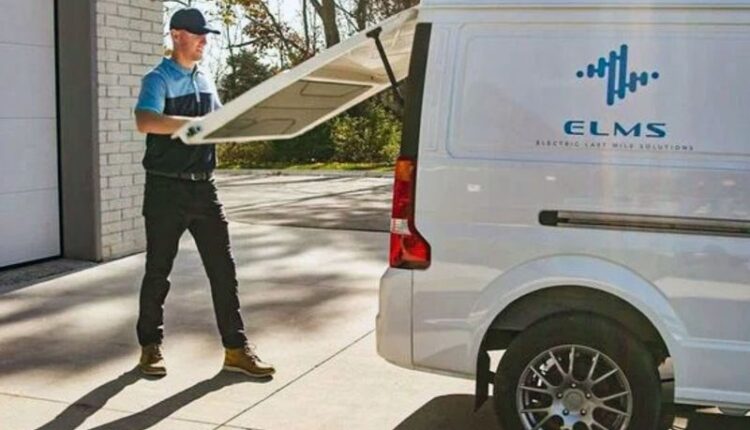“We’re gonna park in Detroit and kind of defy tradition and prove that we don’t have to go to California to fire up a brand new EV company to be successful,” Taylor, a longtime auto executive, told Crain’s in an early June interview. “And so here we are putting our flag down in the middle of Troy.”
In the run-up to closing the merger in the last several days, ELM has announced a slew of new hires as it aims to ramp up production. The company this week announced that it had hired for roles including its first chief digital officer as well as vice president of engineering, executive director for vehicle integration, director of battery and director of vehicle software.
The pre-revenue ELM reported a net loss of just more than $7.7 million last year, according to its financial filings.
ELM, then based in Auburn Hills, Mich., announced its $1.4 billion plan to go public via a merger in December as SPAC deals were continuing at a breakneck pace.
So far in 2021, 349 SPACs have raised $108.4 billion, according to SPAC Research. In all of 2020, 248 shell companies raised $83.4 billion, and in 2019 just 59 companies raised $13.6 billion.
Many of the companies that have merged with SPACs have been criticized for sluggish performance, and regulators are examining the mechanism as a whole and eying protections for everyday investors, according to a CNBC report last month.
Lordstown Motors in Ohio, another EV maker that recently went public via SPAC merger, has struggled in recent weeks as executives have disclosed that it may need investment capital to ramp up production or risk going out of business. The company said earlier this month that it did not have any binding purchase orders or commitments from customers, according to a Reuters report.
For Taylor at ELM, entering the SPAC process during the ongoing flurry of activity meant that the process took longer than expected as the system that’s needed to close a deal — bankers, lawyers, accountants — were largely overwhelmed by the backlog.
Still, he said it proved the right route for the company to take.
“You have to ask, ‘what’s the alternative,'” Taylor said. “Well, you’d be going through … raising small amounts of money, constantly going back looking for more. You’d be running out. I’ve been down (that path) on other companies, that’s no fun, either. So, you know, this is painful, but it’s relatively short, you get all your money.”


